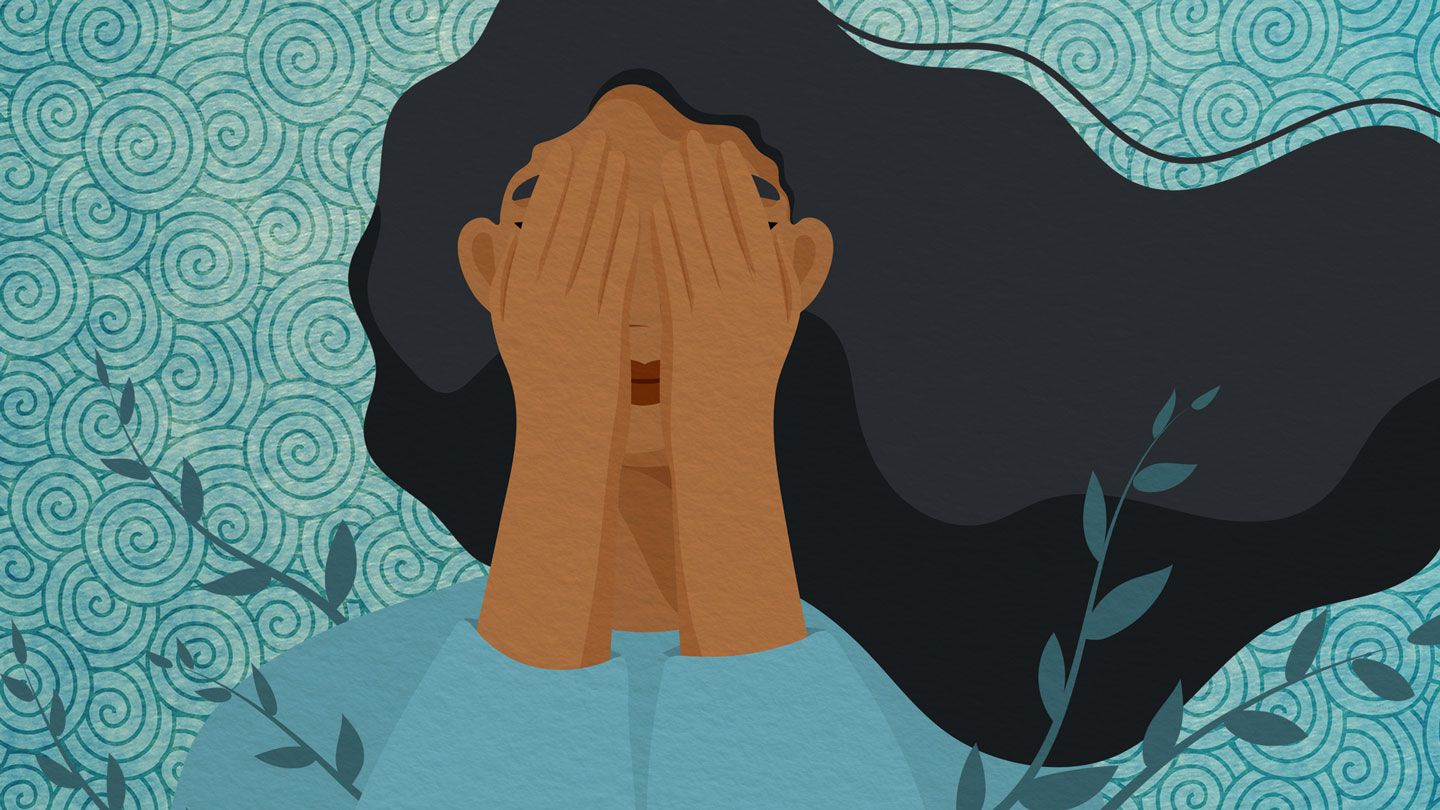A Quick Guide
Women all over the world go through menstruation every month as it is a natural biological process. The majority of them however feel discomfort during or a week before it begins. This phenomenon is called premenstrual syndrome.
What is Premenstrual Syndrome?
Premenstrual syndrome incorporates a set of biological and psychological symptoms which start before menstruation and persist through it. Many women report mood-related problems and high emotional distress due to it. Sometimes, PMS symptoms are severe enough to disrupt daily functioning, work performance, and social relationships.
Symptoms of Premenstrual Syndrome
Physical symptoms of PMS
- Swelling & tenderness of breasts
- Bloating
- Swelling of hands and feet
- Weight gain
- Increased appetite or food cravings
- Abdominal discomfort, cramps
- Headache and migraines
- Sleep disturbance
- Low energy
- Body pain especially in joints
- Aggravation of allergies or asthma
- Acne or other skin problems
- Upset stomach
Psychological symptoms of PMS
- Depressed mood
- Sudden mood changes e.g periods of crying, anger outbursts, irritability, anxiety
- Feeling on edge
- Loss of interest in previously enjoyed activities.
- Change in perceived body image
- Sense of losing control and not being able to cope with the emotional and physical changes
- Worry about disruption in routine activities due to PMS symptoms
Why does Premenstrual Syndrome happen?
The exact reasons for PMS are still unclear. However, some explanations for it include the following:
- A social explanation suggests that the negative attitude of others towards menstruating women is considered a possible cause for worsening PMS symptoms.
- At a biological level, the disruption in the hormone levels of estrogen and progesterone are thought to set off the body’s reaction in the form of PMS (Kiesner, 2009).
- Neurologically, an imbalance of neurotransmitters in the brain has been associated with symptoms of PMS. For example, serotonin level imbalance is suspected to increase appetite.
Similarly, the levels of GABA which is another neurotransmitter changes in response to PMS medications. So, some of the PMS symptoms may be due to a prior imbalance in its levels (Backstrom et al., 2003)
Coping with premenstrual syndrome
One can cope with the distress of premenstrual syndrome by using the following strategies:
1. Do not blame yourself
A lot of women tend to be self-critical and internalize the blame for the changes in their bodies, emotions, and behavior. Remember, a lot of the changes are biological and due to an imbalance in the hormone levels. So, try to be less harsh towards yourself.
2. Self-monitor your menstrual cycle
Nowadays, many apps are available that allow you to keep a track of your menstrual cycle and the associated symptoms. Use these to identify any patterns. So that, you can predict them in your next cycle and prepare for them accordingly. You can even take these to your doctor to get the recommended treatment if needed.
3. Use distractions strategies
Physical pain can be quite a challenge to deal with. However, distraction strategies can be very effective in reducing pain intensity. Try to come up with a list of activities that you enjoy and use them to distract yourself from the pain during menstruation e.g. watching a funny movie, baking a cake, painting, reading a novel, etc.
4. Consult a medical professional
When premenstrual symptoms are severe, consulting a health professional is the right option especially if associated health problems are also present. Also, consult your doctor for vitamin and mineral supplements for energy and pain-relieving medication for cramps.
5. Control your diet
It is easy to get carried away when you have cravings during premenstrual syndrome. So, develop a nutritious diet chart that you can follow through your cycle. Make sure to avoid excessive caffeine, sweets, ice cream, salt, and fatty food in this. Similarly, to control hunger pangs, eat smaller meals throughout the day instead of one or two heavy meals.
6. Exercise
Exercises like jumping rope, jogging, cycling, walking, and dancing help some women in relieving premenstrual discomfort. Try incorporating exercise into your daily routine and keep yourself active even during your premenstrual and menstrual days.
7. Try cramps pain-relieving strategies
Some women use heating pads on the belly or lower back relieve cramps. Similarly taking a hot bath or drinking a hot beverage is also useful for relieving cramping pain.
Pre-menstrual and menstruation processes can be physically and emotionally discomforting to deal with. However, remind yourself that menstrual problems are limited to a period and will eventually go away. Use the above strategies to push through those rough couple of days.



 Symptoms of depression in women: How to know if you are depressed
Symptoms of depression in women: How to know if you are depressed